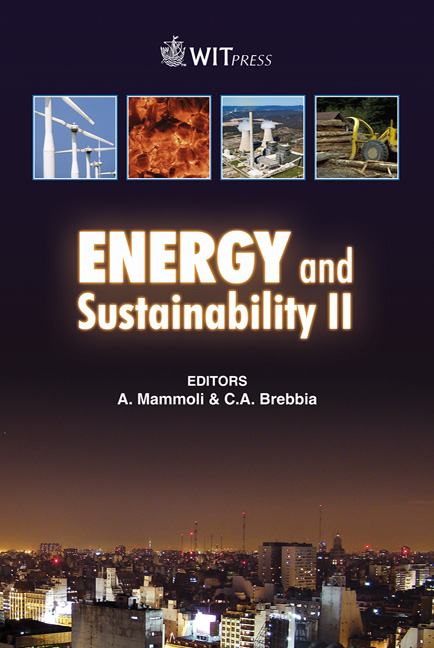Iron Catalysts Supported On Carbon Nanotubes For Fischer–Tropsch Synthesis: Effect Of Pore Size
Price
Free (open access)
Transaction
Volume
121
Pages
10
Published
2009
Size
1,721 kb
Paper DOI
10.2495/ESUS090141
Copyright
WIT Press
Author(s)
R. M. Malek Abbaslou, J. Soltan, S. Sigurdson & A. K. Dalai
Abstract
In this report, the effects of pore diameter and structure of iron catalysts supported on carbon nanotubes (CNTs) on Fischer–Tropsch (FT) reaction rates and product selectivities are presented. Two types of CNTs with different average pore sizes (12 and 63 nm) were prepared. The CNTs were chosen in a way to have comparable surface areas so as to eliminate the effects of different surface areas. The iron catalysts (the narrow pore catalyst denoted Fe/np-CNT and wide pore catalyst denoted Fe/wp-CNT) were prepared using incipient wetness impregnation method and characterized by ICP, BET, XRD, TPR, SEM and TEM analyses. The TEM and XRD analysis showed that the iron oxide particles on the Fe/wp-CNT (17 nm) were larger than those on Fe/np-CNT sample (11 nm). TPR analyses of the catalysts showed that the degree of reduction of the Fe/np-CNT catalyst was 17% higher compared to that of the Fe/wp-CNT catalyst. For the FT reactions, it was found that the activity of the np-CNT catalyst (%CO conversion of 31) was much higher than that of the wp- CNT catalyst (%CO conversion of 11). Also, the Fe/wp-CNT was more selective toward lighter hydrocarbons with a methane selectivity of 41% whereas, the methane selectivity of the np-CNT catalyst was 14%. It can be concluded that the deposition of the metal particles on the CNT with narrow pore size (in the range of larger than 10 nm) results in more active and selective catalyst due to higher degree of reduction and higher metal dispersion. Keywords: Fischer–Tropsch synthesis, iron, carbon nanotubes, pore size.
Keywords
Fischer–Tropsch synthesis, iron, carbon nanotubes, pore size





